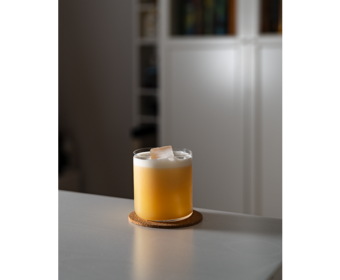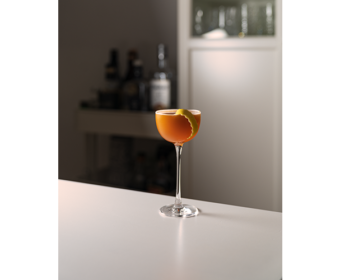Ultimate Gin Guide VI: The History
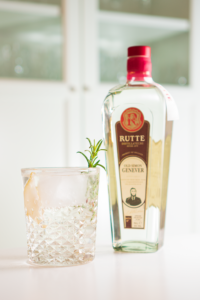
It has been a while since the last article about gin. So, I thought I update the Ultimate Gin Guide. In this first article, it is all about the history of gin. There might be some dispute as to which spirit came first Genever or gin. So, this is why we start at the first written document. On top of that, we also shortly dive into the chemical compounds in juniper berries and therefore gin.

The first time Jenever is mentioned in the 13th century in the “Der Naturen Bloeme” which is an encyclopaedic work. The first printed reference to a Jenever recipe dates back to the 16th century writing “Een Constelijck Distileerboec”. However, the most prominent reference to Genever comes from Philip Massinger’s play “The Duke of Milan” from 1623. A lot of times Franciscus Sylvius is falsely credited with being the inventor of gin. However, at the time of Massinger’s play he would have been about nine years old. However, at the time of Massinger’s play he would have been about nine years old. Between 1585 and 1587 English soldiers serving in the “Eighty Years War” (1568-1648) brought back Genever to England. Somewhere around that time the English coined the term “Dutch Courage”.
Malty and wine notes
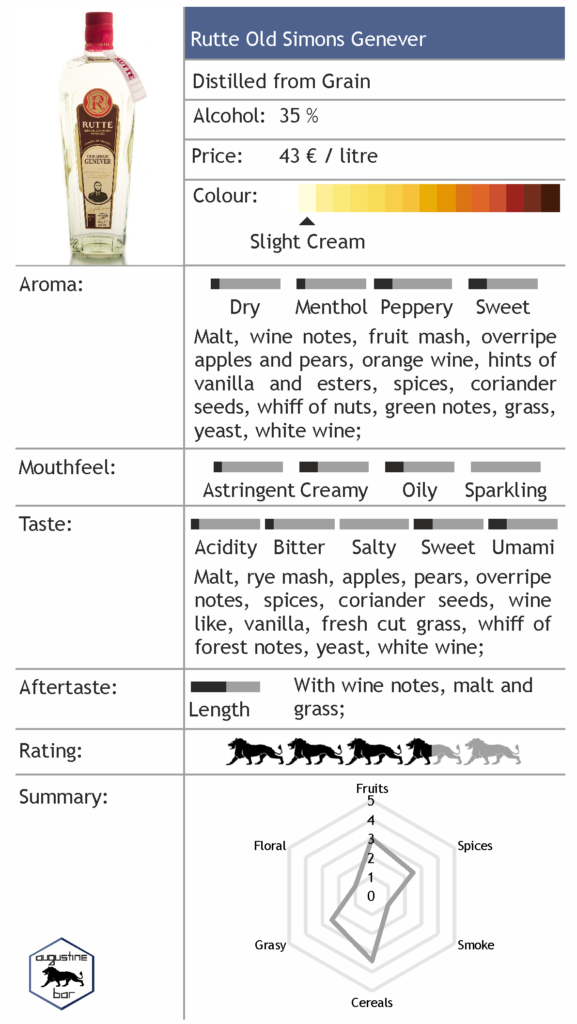
To highlight what Genever is all about, we will take a closer look at the Rutte Old Simon Genever. It is an old style Genever made according to a recipe from the company founder Simon Rutte. Three different distillates and two macerates are blended with malt wine and a hint of sugar. Oude Genver can have up to 20 g / litre sugar and has to have at least 15 % malt wine. This is done according to Rutte’s secret spirit recipe “Rutte Marque”. Rutte’s “Vulkaan 4” still made by Mueller in 2013 produces the distillates. The grain alcohol for macerating comes from Belgium. On top of that, the genever is flavoured with 14 botanicals like juniper, angelica, berries, carob, celery, coriander, macis, liquorice and roasted hazelnuts as well as walnuts. The Old Simon Genever gets its slight golden hue from a short rest in an oak barrel botanical infusion, because Rutte does not use caramel colour.
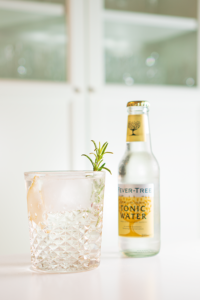
Build – chilled Double Old-Fashioned glass – ice cubes – top off with tonic water;
Garnish: Rosemary sprig, slice of pear;
Beginning of the gin craze
In the early 17th century, gin had spread to England. Theodore De Mayerne and Thomas Cademan founded the “Worshipful company of distillers” in 1638. They set minimum standards for the production of spirits. Making gin then meant that in a first stage “malt distillers” produced the “low wines” and sold them to “compound distillers” which flavoured the spirit. During the Restoration Wilhelm III conquered England and imposed a high tax on imported spirit. This rendered French brandy expensive and drove people to gin. Then in 1690 the distilling act ended the royal monopoly on distilling spirits from grains. This lead to the so called “Gin Craze” an a rise of gin consumption to 86 million litres over the next twenty years. Back then gin was often flavoured with turpentine, which of course was poisonous. A lot of women and mothers wear drawn to gin and therefore it also earned name like “Mother’s Ruin” or “Madame Geneve”.
Gin Acts and riots
In 1729 the first of eight “Gin Acts” was imposed by the British Parliament. It lead to riots all over the country, with mock funerals to be held for “Madame Geneve”. The bill introduced high taxes on gin, which unfairly penalized legal distillers and encouraged illicit ones. Moreover, they simply replaced the mentioned ingredients for gin. The resulting spirit became known as “Parliament Brandy”. The second Gin Act of 1733 was also flawed and resulted in the opening of numerous gin shops. The third Gin Act of 1736, which required high taxes on gin and regulated the purchase quantity, only resulted in the bankruptcy of many reputable manufacturers. The fourth Gin Act of 1737 meant that informants gave up many illicit gin sellers. Since, informants were attacked and even killed on a daily basis, the fifth gin act basically made gin altogether illegal and attacks on informants a felony. However, the law just pushed gin producers further underground.
Finally an effect
By 1743, the state had to pay more to informers than it received. Therefore and because England was involved in the War of Austrian Succesion, the production of gin was taxed with one pound, and distillers were no longer allowed to sell directly to customers. This was the first gin act, that showed an effect. The seventh gin act raised the excise duty payable, but allowed the gin distillers to buy a 50 pound licence for selling directly to the public. The last gin act of 1751 followed an anti-gin movement and raised the fee to two pounds. Additionally, only inns, taverns and ale houses were allowed to have a licence. This practically ended all illegal gin sales. Additionally, the distilling of grain was outlawed in 1757 when crop loss hit.
What’s in the gin?

Juniper trees can grow up to two hundred years old. On top of that, they are dioecious which means that they are either female or male. A male pollen might have to travel a few hundred miles to reach a female tree. When pollinated the female shrub forms very fleshy cones which is why they are commonly called berries. The cones contain α–pinene reminiscent of pine or rosemary flavour, myrcene found in cannabis, hops and wild thyme. Apart from that, limonene is also found. This is why a lot of those gin recipes also included those botanicals. In my opinion, the best way to experience undiluted juniper flavour is by trying a juniper spirit. This “one botanical gin” if you will, shows you what the juniper flavour is all about. A fine example of an excellent juniper spirit from Germany is the Eversbusch Doppel-Wacholder 1817, it is the high-proof version of the regular Doppel-Wacholder I reviewed here.

Build – chilled clay mug – ice cubes – top off with tonic water – serve with glass straw;
Garnish: Dried lime wheel, cacao nibs;
*The fact that I received a product reviewed in this article for free, did not – in any way – influence the rating of said product.


